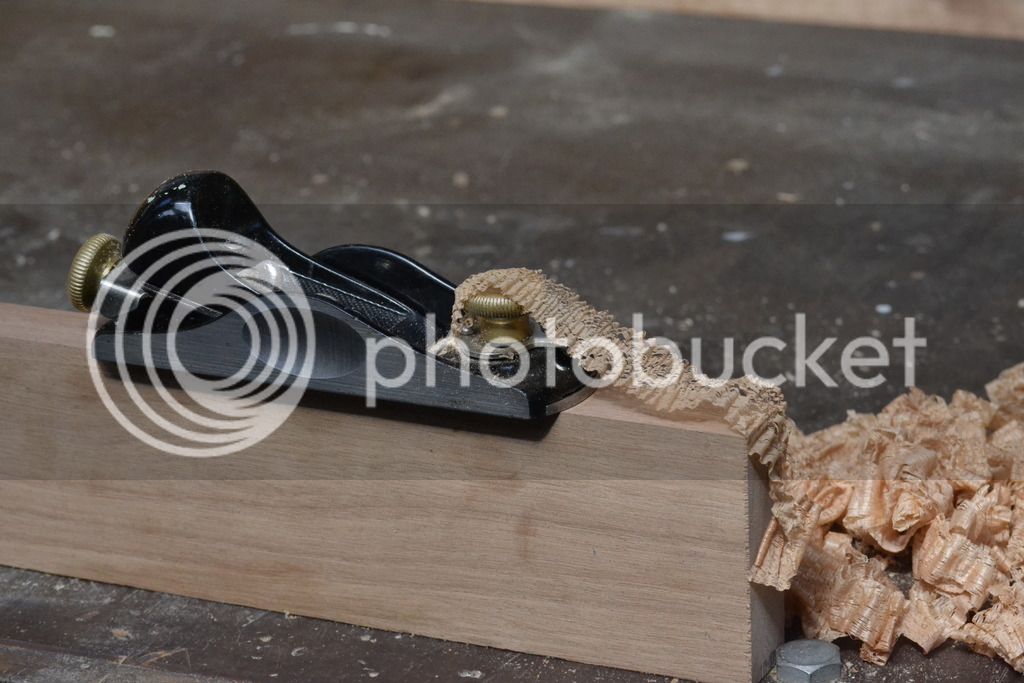toolsntat
Yep, I collect tools and tat
Do any of you who have one of these from 2005 onwards have any issues with the milling of the bed and subsequent positioning of the adjustable mouth plate.
The one I have for sale has and although I'm sure it will do the job I won't foist it upon an unsuspecting postal buyer.
stanley-60-1-2-block-plane-new-in-box-t108984.html
Hence me asking this question to see if that is how they are made today.
Observations please.
Oh and please look at my next post down for a better explanation.
Cheers
Andy
The one I have for sale has and although I'm sure it will do the job I won't foist it upon an unsuspecting postal buyer.
stanley-60-1-2-block-plane-new-in-box-t108984.html
Hence me asking this question to see if that is how they are made today.
Observations please.
Oh and please look at my next post down for a better explanation.
Cheers
Andy


































